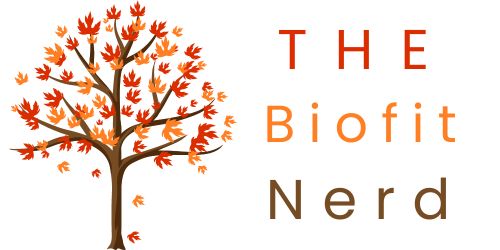Who knew that writing a simple poem could be therapeutic? Well, it turns out that haiku poetry has been helping people heal for centuries. Its short, minimalist structure and focus on nature have a calming effect on the mind, allowing people to express themselves and find inner peace. In this blog, we’ll explore the art of healing through haiku poetry, and how this ancient Japanese art form is being used today to help people cope with stress and find their way to a more centered, balanced life. So grab a pen and some paper, and let’s explore the therapeutic power of haiku poetry!
Haiku poetry is an ancient Japanese art form that has been used for centuries to express emotions and capture moments of nature. In recent years, it has gained popularity as a form of therapy, helping people cope with stress and find inner peace. In this blog, we’ll explore the art of healing through haiku poetry, and how this simple yet powerful form of expression can help us find our way to a more centered, balanced life.
What is Haiku Poetry?
Haiku poetry is a minimalist form of poetry that originated in Japan in the 17th century. It consists of three lines, with the first and third lines having five syllables, and the second line having seven syllables. Haiku poems often focus on nature, and aim to capture a moment in time. They can be serious or humorous, but always seek to express a deep truth or emotion.
How Does Haiku Poetry Help with Healing?
Haiku poetry can help with healing in several ways. First, it provides a simple and accessible form of self-expression. By writing haiku poems, people can explore their emotions and feelings in a creative way. Second, haiku poetry encourages mindfulness and being present in the moment. By focusing on nature and capturing a moment in time, haiku poems can help us to slow down and appreciate the beauty of the world around us. Finally, haiku poetry can be a powerful tool for self-reflection and personal growth. By expressing ourselves through haiku, we can gain insights into our own emotions and thought patterns, and find new ways to cope with stress and anxiety.
Haiku Poetry in Practice If you’re interested in using haiku poetry as a form of therapy, here are some tips to get started:
- Set aside some time each day to write a haiku poem. It doesn’t have to be long – just a few minutes is enough.
- Focus on a moment in nature, such as a sunrise or a bird in flight.
- Keep your poem simple and minimalistic, with a focus on the sensory experience.
- Use your haiku as a form of self-reflection, exploring your emotions and feelings in a creative way.
Conclusion: Haiku poetry is a powerful form of self-expression and therapy that has been used for centuries. Its focus on nature and the present moment can help us slow down and appreciate the beauty of the world around us. By incorporating haiku poetry into our daily lives, we can find a path to healing and personal growth. So why not give it a try? Pick up a pen and some paper, and start exploring the art of healing through haiku poetry.



